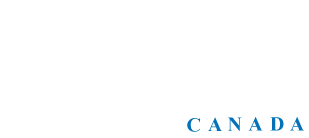
A good tracking system is one of the most useful tools for helping individuals grow. Progress can be demonstrated only by comparing the past and the present. Tracking is the only method of evaluating both the quantity and the quality of performance for
individuals, for a department or work group, or for the overall organization.
Every goal – organizational or personal – needs a deadline or target date. Without a deadline, there is no pressure to perform at top capacity. Deadlines provide a motivational “push.” Once people discover what they can do, that new level of productivity
becomes a constant challenge for achievement.
Choose a tracking system that meets these criteria:
Appropriate measurement
Make sure the tracking tool measures each important aspect of the activity. If your goal is to reduce the number of days between the receipt and shipping of orders, you won’t be happy to discover that the time interval was cut from three days to one
if you also learn that the error rate rose from one percent to eight percent. In this case, a tracking plan should include both speed and accuracy.
Easy to use
The measurement tool should not add significantly to the workload. If every worker must spend an hour a day just filling in the report, you lose a good deal of valuable time that could have been used in more productive efforts.
Easy to interpret
Tracking tools should present the facts visibly in a form that quickly reveals the pertinent facts. Charts, graphs, and summary reports with side-by-side comparisons to the last reporting period are easy to read and interpret. What you learn from the
reports helps you decide what to do next. Make sure tracking information is used to advance the goals program.

